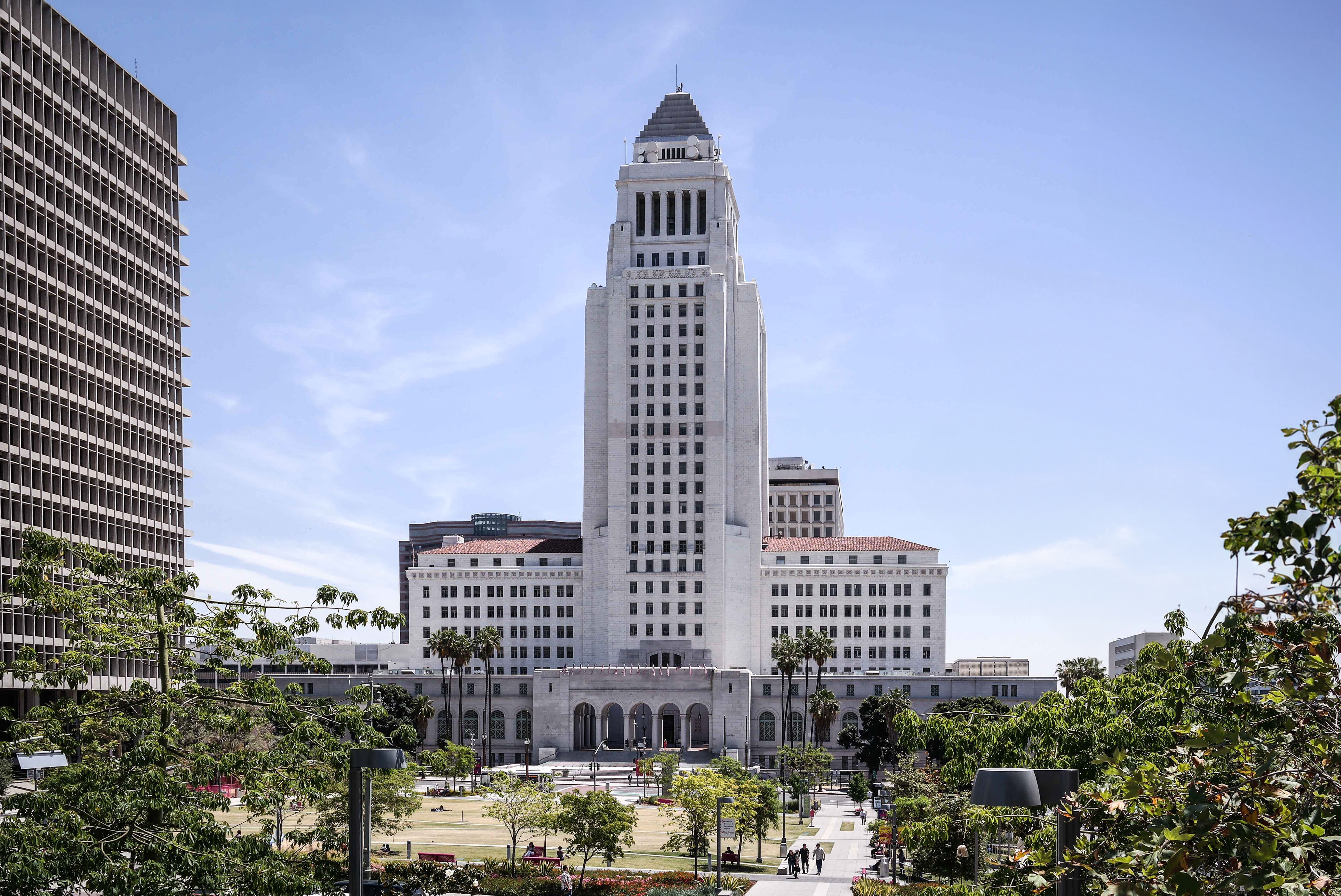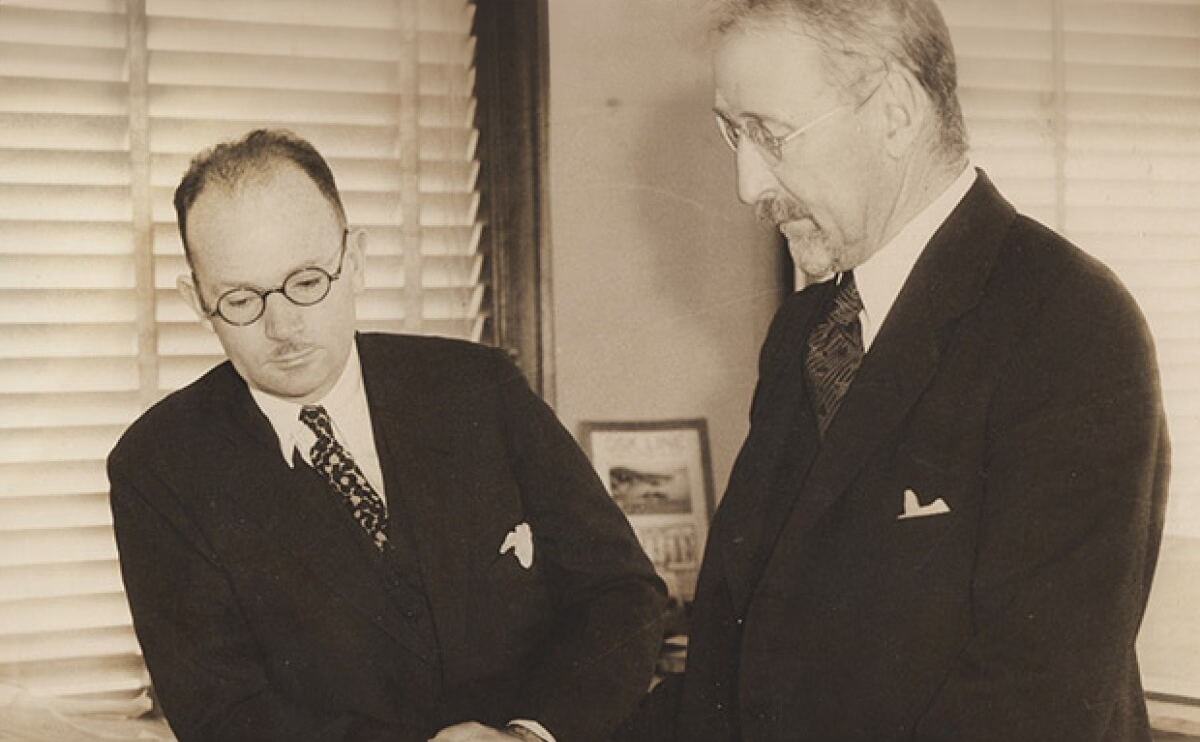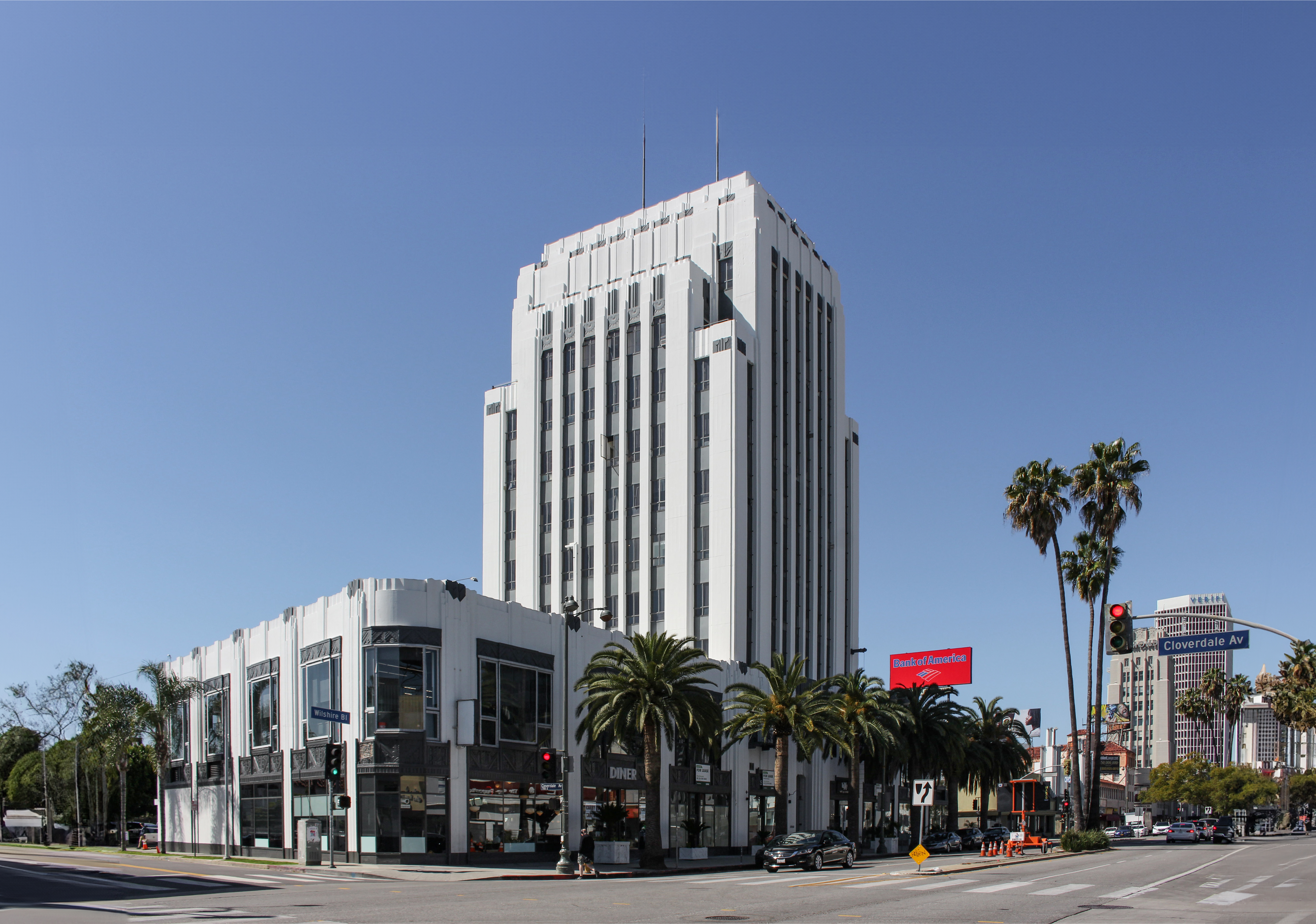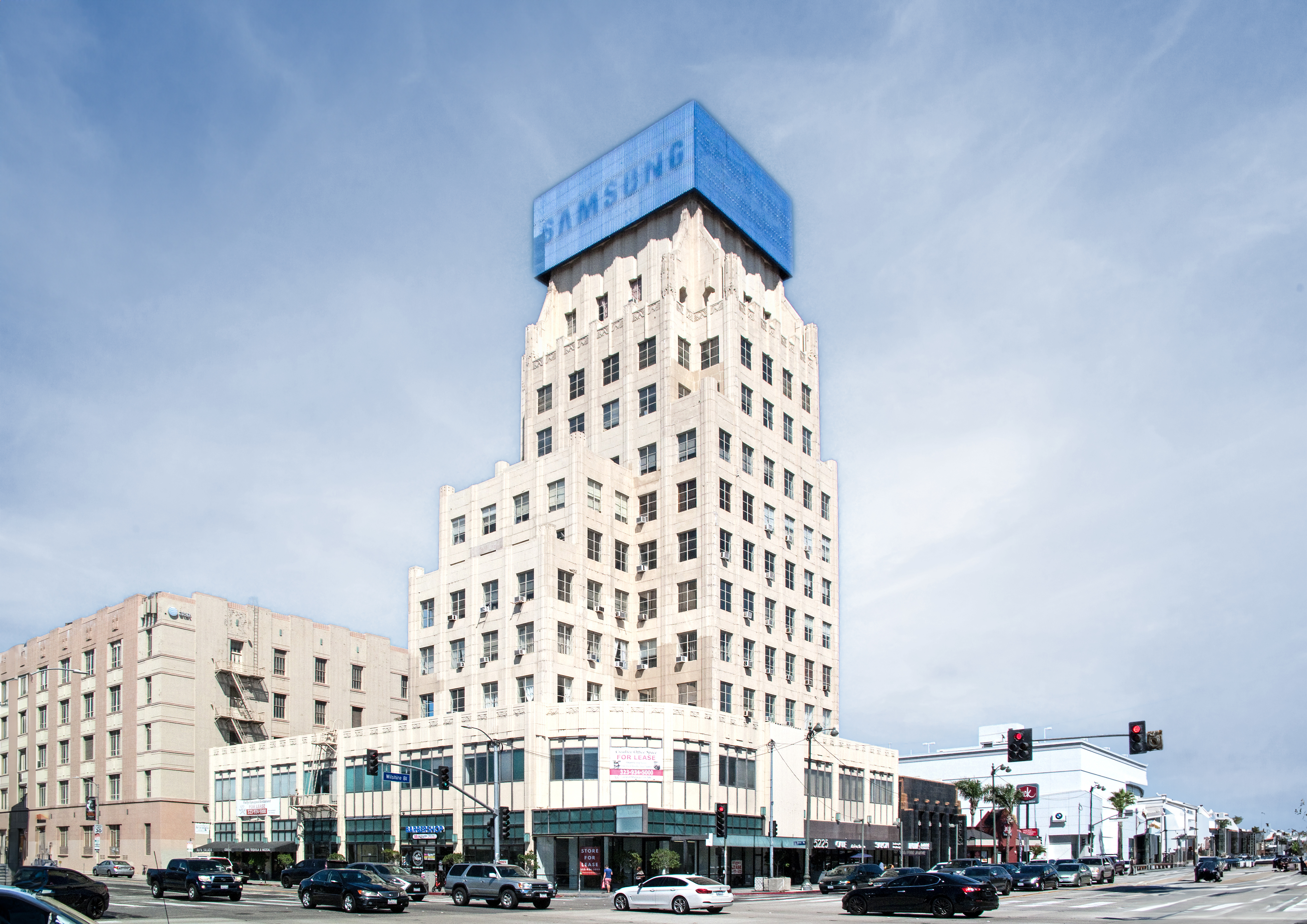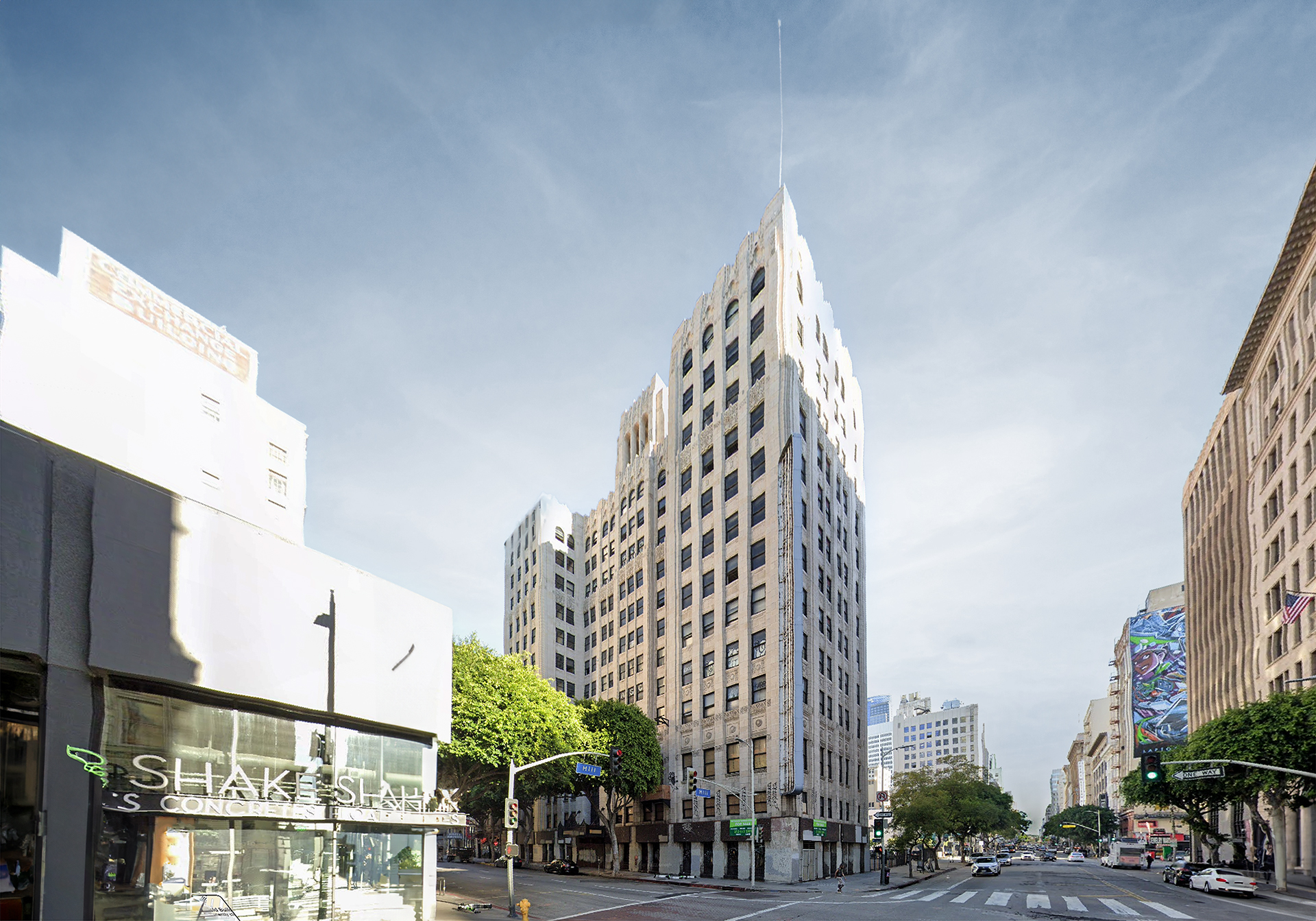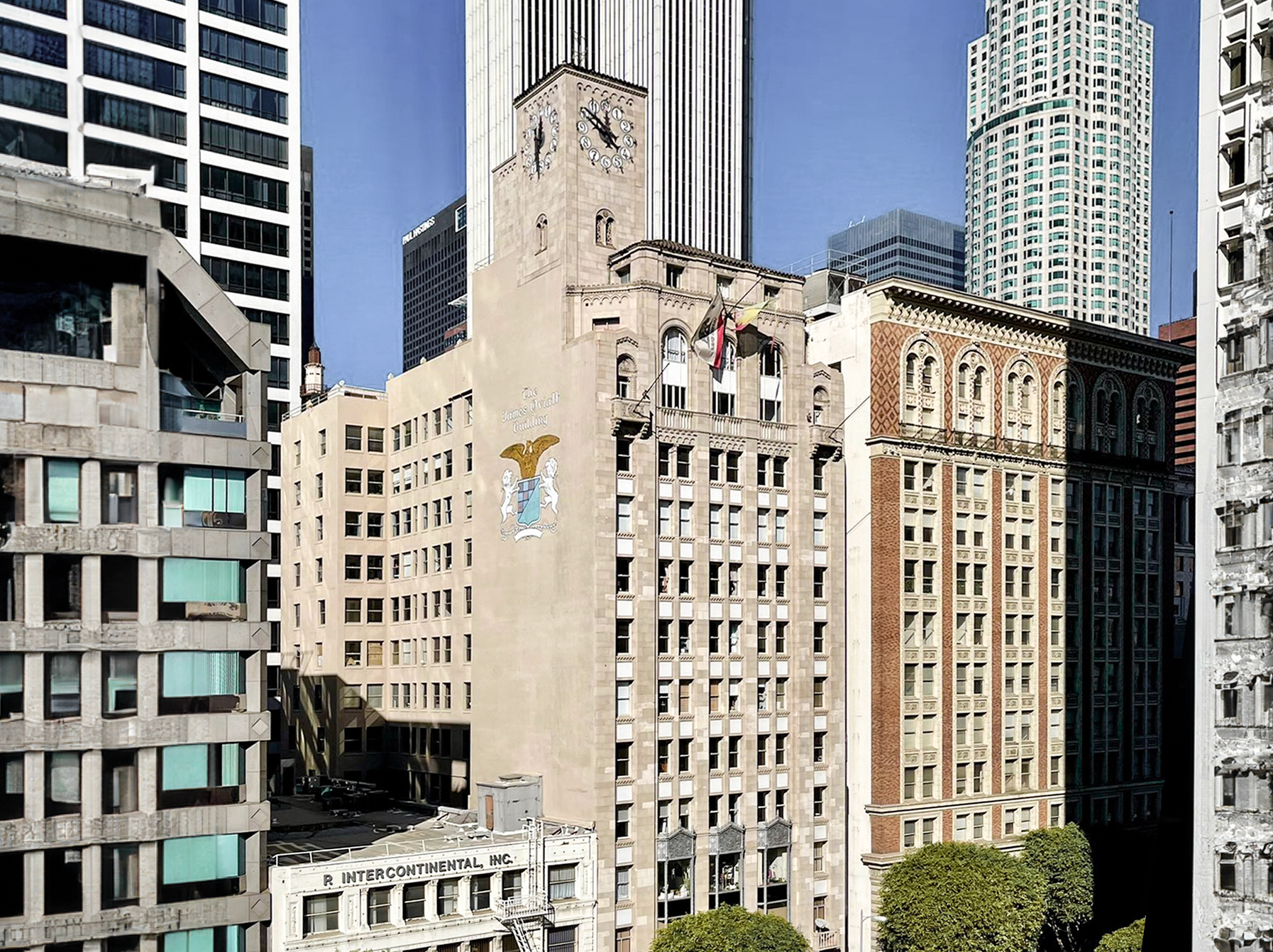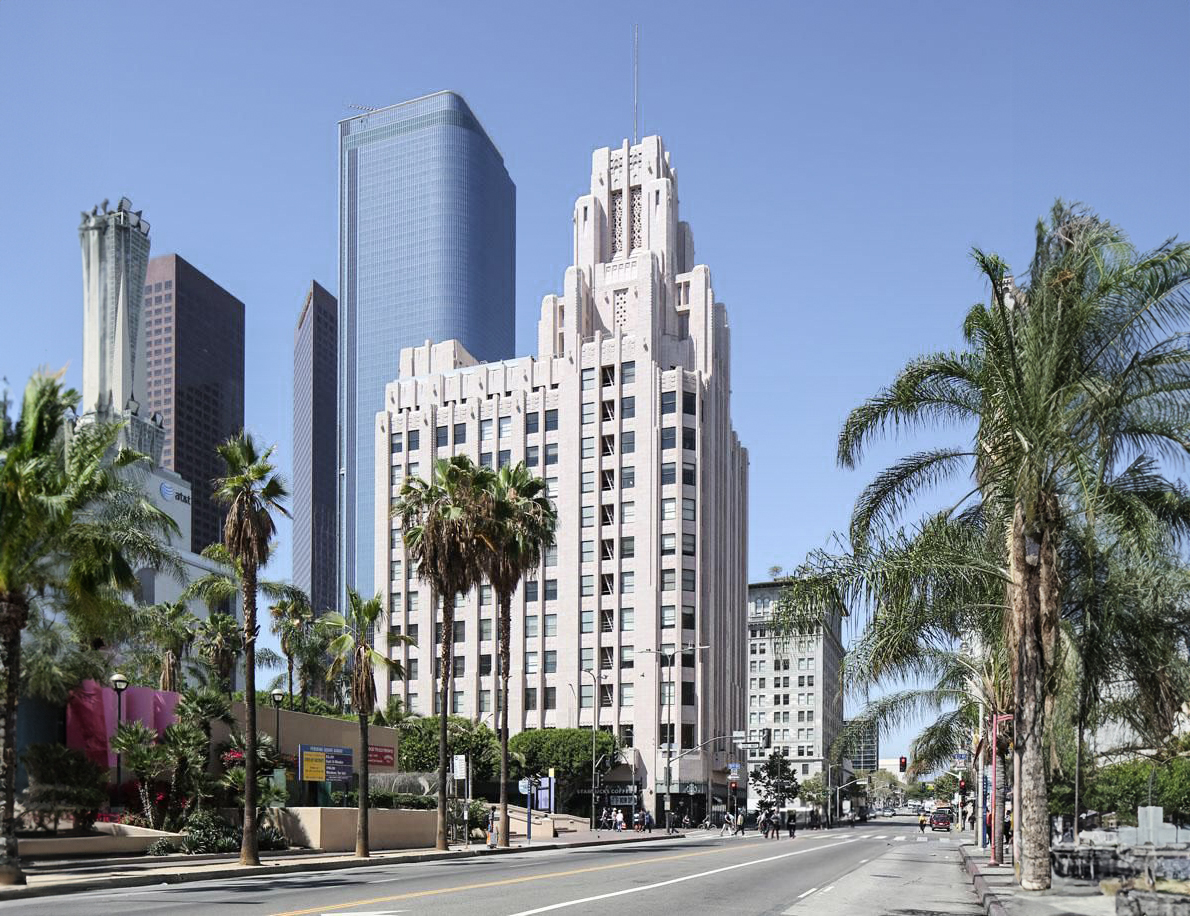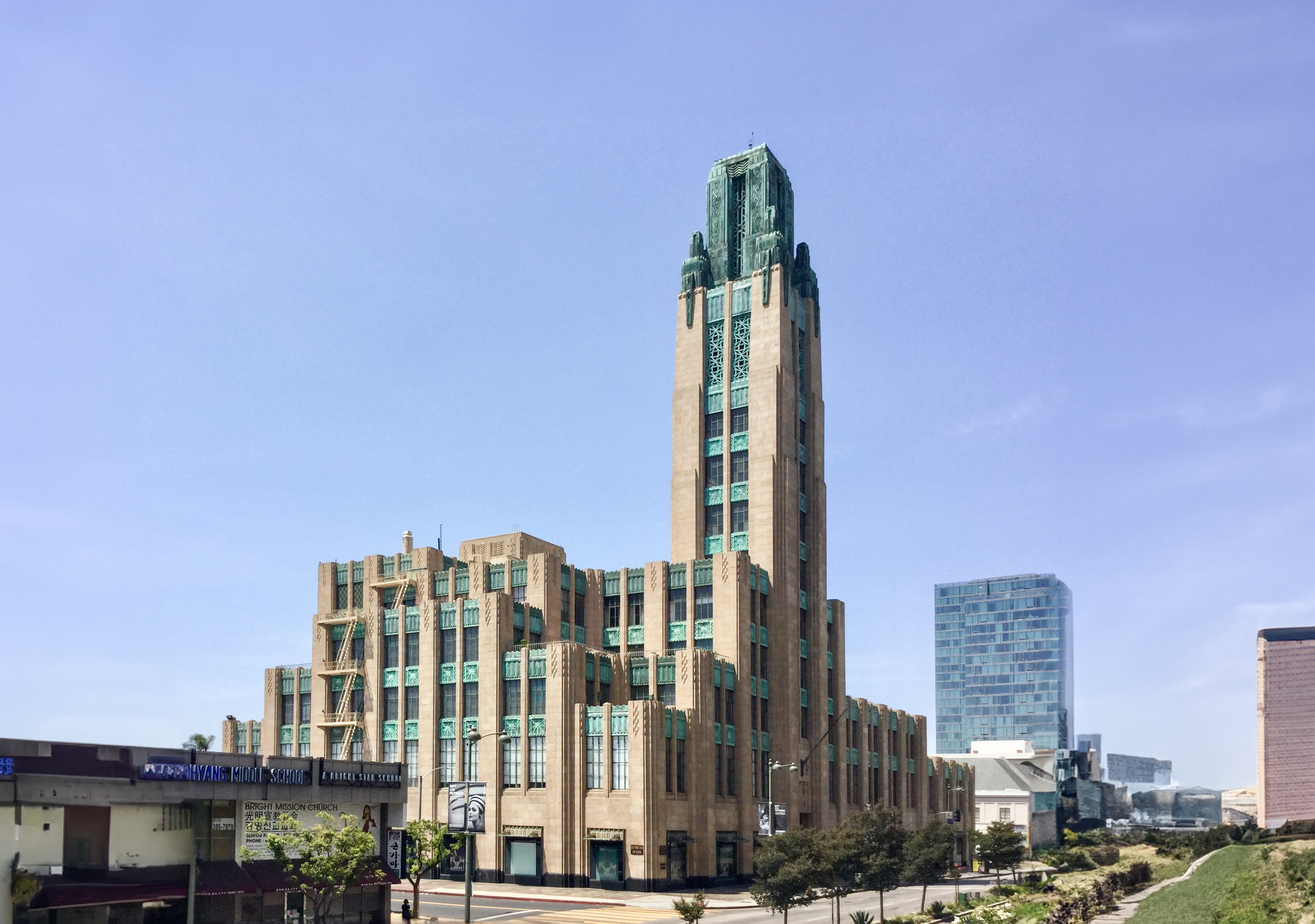The Los Angeles City Hall is an Art-deco skyscraper designed by Parkinson & Parkinson and built between 1926 and 1928 in Los Angeles, CA.
Its precise street address is 200 North Spring Street, Los Angeles, CA. You can also find it on the map here.
The Los Angeles City Hall is a structure of significant importance both for the city of Los Angeles and the United States as a nation. The building embodies the distinctive characteristic features of the time in which it was built and the Art Deco style. Because of that, the Los Angeles City Hall was officially included in the Los Angeles Register of Historic Places on March 24th 1976.
The building underwent a major restoration between 1997 and 2001. The architect commissioned to undertake this restoration was A. C. Martin Associates.
